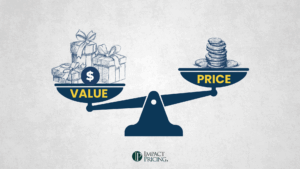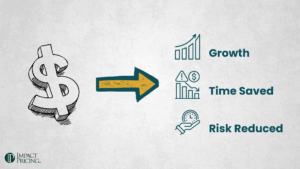In the face of inflation, companies are looking for ways to raise prices as painlessly as possible. Here comes shrinkflation to the rescue.
Shrinkflation is not a new phenomenon, but it seems to be a new word. It means, keeping your prices constant while reducing the quantity of your product. They usually don’t change the size of the packaging, only the label. You can see it all around us. Here is an article on Quartz. There is also a subreddit called shrinkflation documenting many examples.
Intuitively, you already know why this works, because people don’t notice changes in quantity. Let’s geek out together just a bit. You’ve heard of price elasticity. That’s the percentage change in units sold for a 1% change in price. If you raise your price 1%, how many fewer units will you sell? For the sake of this example, let’s assume you would sell 2% fewer products.
Now, let’s create a new term called volume elasticity and define it as the percentage change in units sold for a 1% change in volume. If you decrease the volume by 1% without changing price, how many fewer units will you sell? Because most people won’t notice the volume decrease, I wager you would lose much less than 2% of your sales.
Since price elasticity is larger (in absolute value for you super-geeks out there) than volume elasticity, it makes more sense to reduce the volume than to raise the price.
Is this fair? Fairness is in the minds of our buyers. If they don’t know, then it’s fair. But some buyers would feel tricked or manipulated if they find out. They would consider this unfair.
My prediction on what is going to happen next. These vendors will go back to the old volume, raise the price, and boldly display, “Now More Volume”. The overall effect will probably be more profitable to the manufacturers than had they simply raised prices.
If you think about it, this “trick” is like raising your price real high then offering a discount to a price above the normal price. We somehow convince buyers they are getting a deal when they aren’t. But wait, we do that a lot in pricing and marketing anyway.
What do you think of shrinkflation? Is it fair? Is it smart?
Tags: pricing, pricing skills, pricing value, value-based pricing














